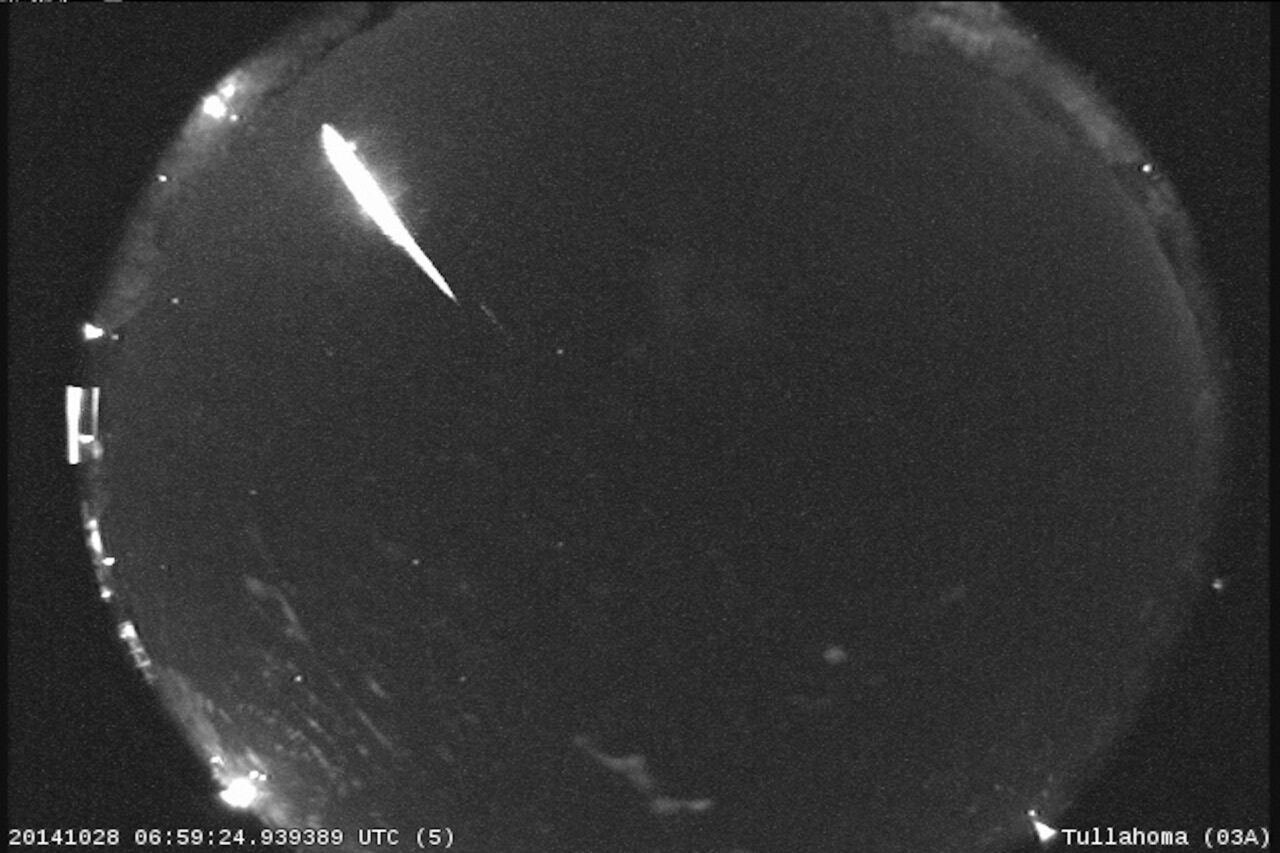The James Webb Space Telescope has identified a supermassive black hole in the early universe that is expanding at an unprecedented rate. This discovery, detailed in a study published in the journal Nature, offers new insights into the formation and growth of supermassive black holes during a time when the universe was less than a billion years old.
Located approximately 13 billion light-years from Earth, this black hole is categorized as one of the earliest and most massive discovered to date. Researchers noted its rapid growth, which challenges previous models of black hole formation that suggest such massive entities should evolve over much longer periods.
Significance of the Discovery
The black hole, known as J1144, boasts a mass equivalent to about 1.5 billion solar masses. Its growth rate indicates that it was consuming matter at a remarkable pace. Observations suggest that J1144 formed when the universe was only 800 million years old, making it a vital piece in the puzzle of understanding cosmic evolution.
According to the European Space Agency (ESA), this discovery could reshape our understanding of how black holes develop and influence their surroundings. The team emphasizes that such findings underscore the capabilities of the Webb Telescope in examining the early universe, providing data that was previously unattainable with older telescopes.
Future Implications
The implications of this research extend beyond the single discovery of J1144. As astronomers continue to analyze data from the Webb Telescope, they anticipate uncovering more black holes from this formative era of the universe. This could lead to a better understanding of the relationship between black holes and galaxy formation.
As more discoveries emerge, scientists will refine their models of black hole growth, potentially revealing how these massive entities played a role in shaping the cosmos as we know it today. The findings establish a new benchmark for astronomers aiming to understand the complexities of black hole evolution during the universe’s infancy.
The Webb Telescope’s capabilities hold promise for further revelations in the field of astrophysics. With its advanced instruments, researchers expect to continue exploring distant galaxies and uncovering more mysteries of the universe, one observation at a time.







